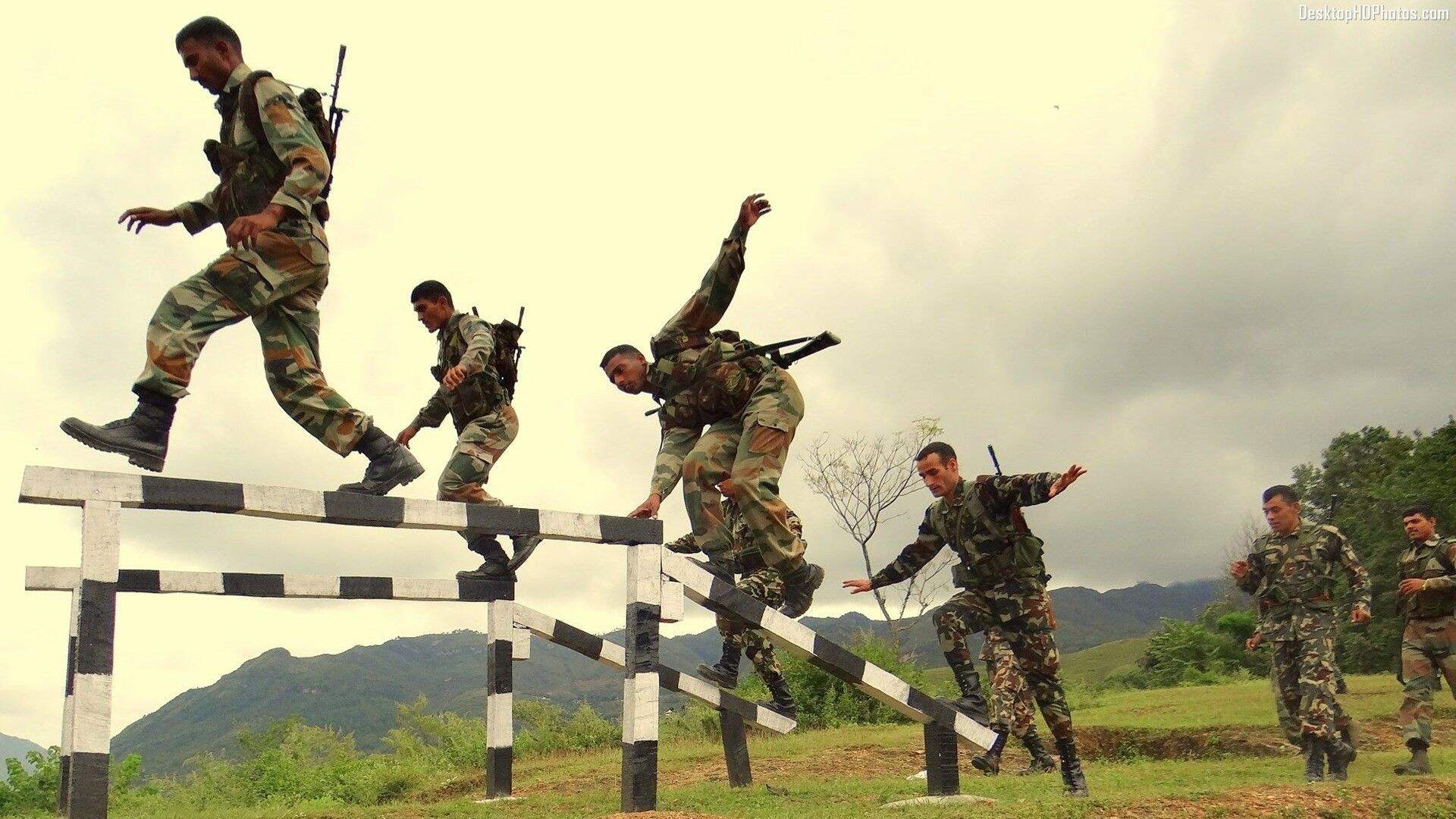
Tour of Duty – A Regressive Reform

“The Indian soldier costs the minimum and delivers the maximum”
It is often said that the only recipe for a certain victory in the war would be American military hardware, British doctrines, German generals, INDIAN SOLDIERS and an Italian enemy. The commitment, dedication, zeal and professionalism of the Indian soldier are unmatched, he fights for the izzat of his unit – ‘Naam, Namak, Nishan’. As India celebrates Azadi ka Amrit Mahotsav, the 75th anniversary of independence, it is the soldiers, sailors and air warriors of the Indian Armed Forces who have contributed to our national security, making unparalleled sacrifices.
While all major organisations the world over including those with high technology, struggle to recruit and retain quality manpower, the Indian Armed Forces are being instructed to roll out the ‘Agneepath’ or the ‘Tour of Duty (ToD) hitting at the core strength of the military – the finest soldiers, sailors and air warriors.
As reported, the ToD named ‘Agneepath’ is likely to be rolled out in early June. The scheme envisages a four-year service including a six-month training period. “All recruitment in the three services will be through the ToD route only.” Purportedly on account of COVID 19, there has been no recruitment in the armed forces for over two years, leading to a deficiency of 10% of the authorised strength amounting to over 100,000 troops. This deficiency is now likely to be made up by recruiting Agniveers under the Agneepath Pravesh Yojna or the Agneepath Entry Scheme. (Soldiers recruited for a ToD).
Agniveers may now comprise 50% of the armed forces as henceforth the recruitment will be only for a ToD. To attract the youth under ToD the government plans to give salaries and other benefits at par with the regular soldiers as also a severance package of 10 to 12 Lakh Rupees after four years. The Government also plans to incentivise the scheme by giving post ToD opportunities for a second career, as those relieved from service will be in the age bracket of 22 to 23 years.
The recruitment is planned to be pan India, and, on recruitment, the ‘Agniveers’ will be required to serve in any regiment irrespective of the existing cast composition of the regiment. In the existing structure all combat and combat support arms – Infantry, Armoured, Mechanised Infantry, Artillery and Engineers are based on a regimental system with a fixed class composition. The regimental system has been the battle-winning factor for the Indian Army where every soldier takes the ownership of fighting for the ‘Naam, Namak, and Nishan’ of his unit and regiment.
The driver for this radical plan is the burden of the pension budget on defence expenditure. For the year 2022, the allocation for pensions is Rupees 1.2 Lakh Crores out of the Rupees 5.25 Lakh Crores defence budget, both for the defence and civil employees. This is approximately 25 % of the total defence budget and undoubtedly more than the capital expenditure earmarked for modernisation. This supposedly ‘Out of the box’ solution to rebalance the defence budget is based on a cost-benefit analysis without factoring in the adverse impact on combat effectiveness, operational readiness and defence preparedness.
It is a given that on account of competing priorities at the national level, the defence budget will remain limited and stressed. However, as a responsible, resurgent, and a regional power aspiring to lead the world, India will need to be a military power. As is evident from the just-concluded meeting of the QUAD leaders, India is a key player in the emerging world order.
Coming back to the drivers of this hair-brained scheme, possibly being propagated and pushed by powers who do not comprehend the intangibles that contribute to the Indian Armed forces being one of the most battle-hardened and combat-effective force in the world. The unproductive defence budget and the perception of a bloated salary and pension bill especially for the Army are often considered a burden that the nation can ill afford, however, security, peace and stability are imperative for the economic development and well-being of the 1.4 billion Indians.
National security comes at a cost. Bharat Karnad writes, “It may be recalled that based on the projected economic growth rate, and assumption of annualised 10 per cent increase, the defence budget was expected to reach the 3 per cent GDP level recommended by the 11th Finance Commission by 2004. In reality, the defence budget has stagnated at the 2-plus per cent of GDP level, and budgetary increases have barely kept pace with inflation. The result: No buck, no bang! Still, the armed services have managed somehow to be contended to live with disputed borders with China and Pakistan. How? Don’t ask.” An apt summation of the (in) adequacy of the defence budget given our present and future security challenges.
The uneasy ceasefire along the LC and a changed modus operandi by Pakistan backed terrorists in J&K, reinforce the relevance of the ‘Man behind the Machine’. The two-year-old standoff at the LAC wherein China’s aggressive behaviour is more evident with the construction of the second bridge over the Panging Tso, a major security concern violating our territorial integrity. The fact that there has been no escalation along the LAC post-Galwan can be attributed to an effective retaliation by Colonel Santosh Babu and his soldiers, as also an effective and proportional deployment by the Indian Armed forces in quick time demonstrating a strategic resolve and resilience.
On the other hand, the PLA is known to have faced major issues in high altitude deployment despite the advantage of a multi-modal state of the art infrastructure, as the soldiers who are 40% conscripts ie on a two-year tour of duty are not motivated and experienced enough to face the hardships. The PLA soldiers lack the dedication and commitment as they look over their shoulders for an easy life and benefits after being disembodied. Rather than learning the correct lessons from the ongoing standoff along the LAC and the Russia-Ukraine war, wherein the importance of experienced and dedicated manpower stands reiterated. The soldier continues to be the ‘Cutting Edge’ even in a high technology networked battlefield scenario.
The Agniveers recruited under the Agneepath Pravesh Yojna (ToD), will lack the motivation, dedication, commitment, experience and ownership to complete missions at all costs. There is bound to be risk aversion, which is normal when a man/woman sees it as a tour to jump-start his chosen career later. It takes four to five years for a recruit to become an effective member of a team gaining experience and self-confidence. Soldiering is all about ‘high risk-high returns’, teamwork, a sense of belonging and trust leading to mission accomplishment. The Agniveers will mostly be risk-averse as they look over their shoulders for a comfortable life beyond the tour. The ToD recruits may fill the numbers and tick some boxes but in a combat situation it could be a disaster, as every member of the team in a section to a submarine has to function in complete sync and harmony.
There are other more pragmatic doable options to optimise the limited defence budget. Even after the corporatisation of the Ordnance Factory Board, there are still over 500,000 civilian employees in 27 Organisations under the Ministry of Defence paid out of the defence budget. A major optimisation exercise was carried out by the Shekatkar Committee in 2016 to ‘Enhance the Combat Effectiveness by Optimising the Defence Budget’. Though some of these recommendations have been implemented like the OFB, there are others which need to be implemented to optimise the manpower.
The Modi government has demonstrated a will to take and implement hard decisions and the remaining recommendations could be implemented. However, The ToD concept needs to be shelved as this will degrade the very fibre of the armed forces and is detrimental to national security, especially given our varied challenges along the Northern and Western Borders. The strength of the army is the regimental system which should not be tampered with, at any cost.
Soldiering is not a profession, it is a passion. The spirit of soldiering is epitomised by the eternal words of Captain Vikram Batra “Yeh Dil Mange More”. Will the Agniveers relate to these words, most doubt?
***********
Image reference – Indian Army – Bing images
Disclaimer
The opinions expressed in this article are the author’s own and do not reflect the views of Chanakya Forum. All information provided in this article including timeliness, completeness, accuracy, suitability or validity of information referenced therein, is the sole responsibility of the author. www.chanakyaforum.com does not assume any responsibility for the same.
Chanakya Forum is now on . Click here to join our channel (@ChanakyaForum) and stay updated with the latest headlines and articles.
Important
We work round the clock to bring you the finest articles and updates from around the world. There is a team that works tirelessly to ensure that you have a seamless reading experience. But all this costs money. Please support us so that we keep doing what we do best. Happy Reading
Support Us



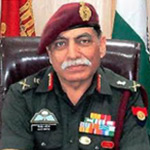


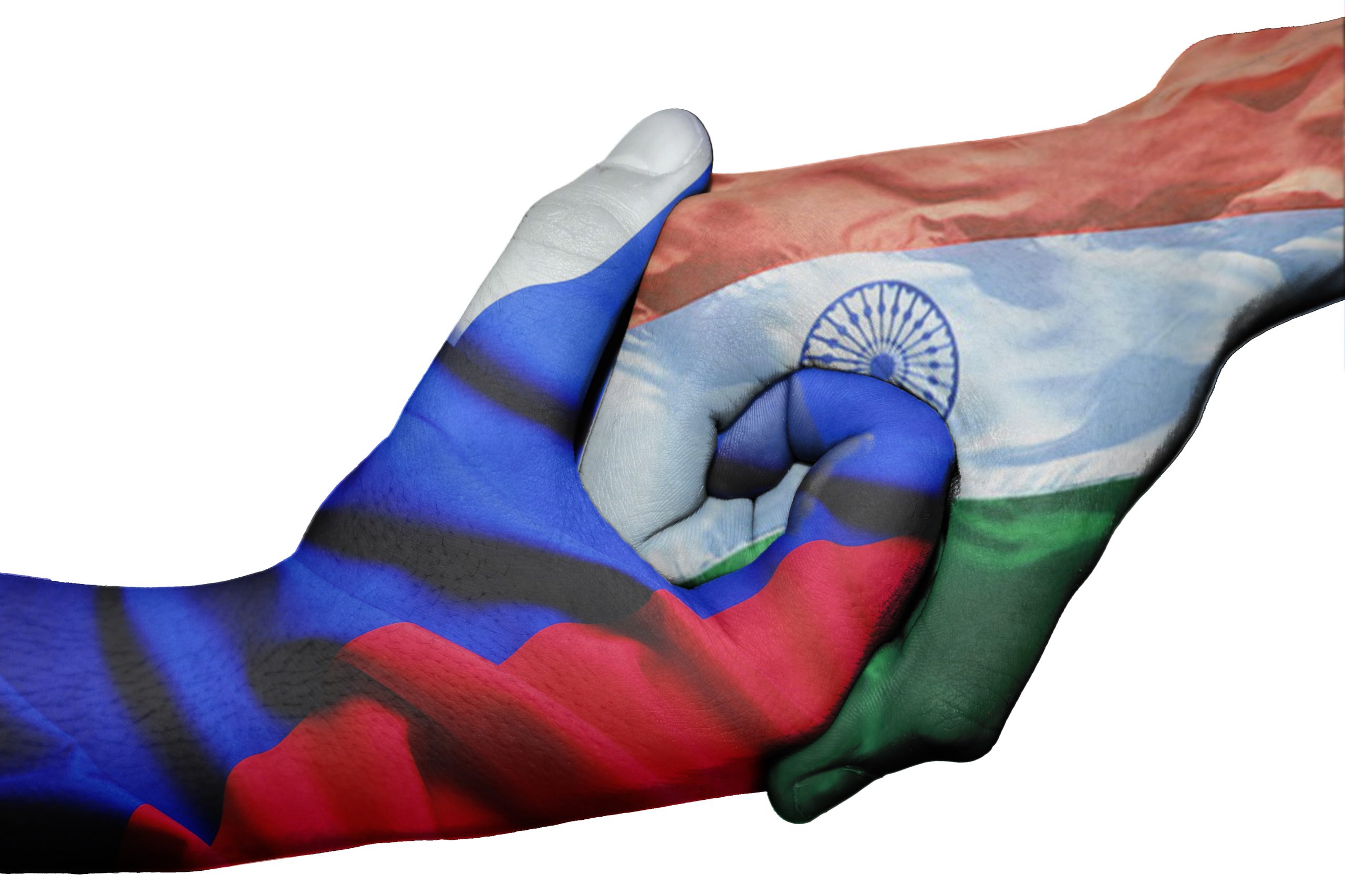
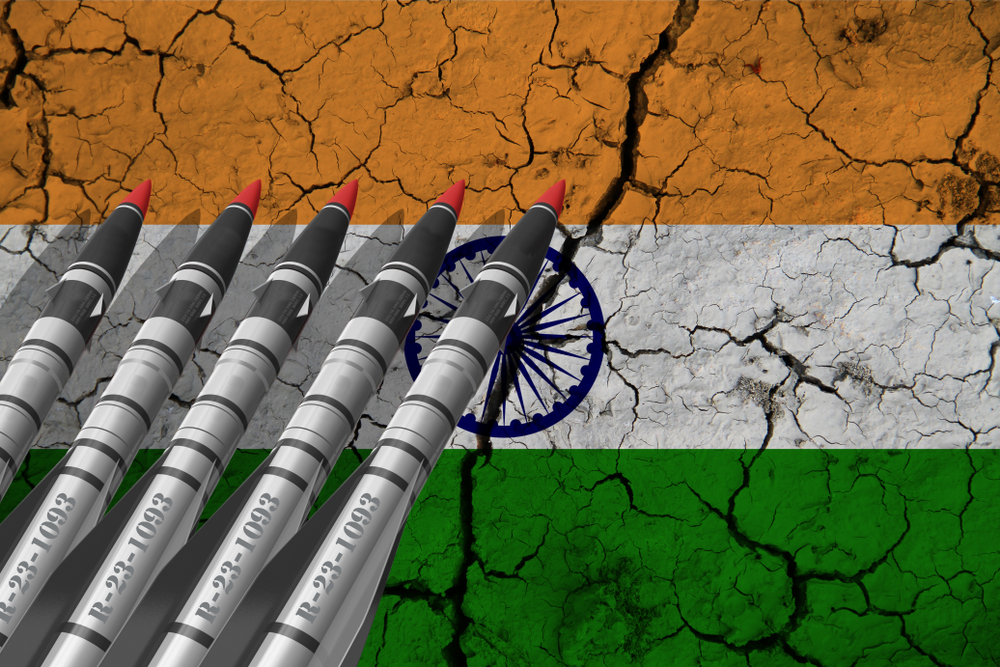

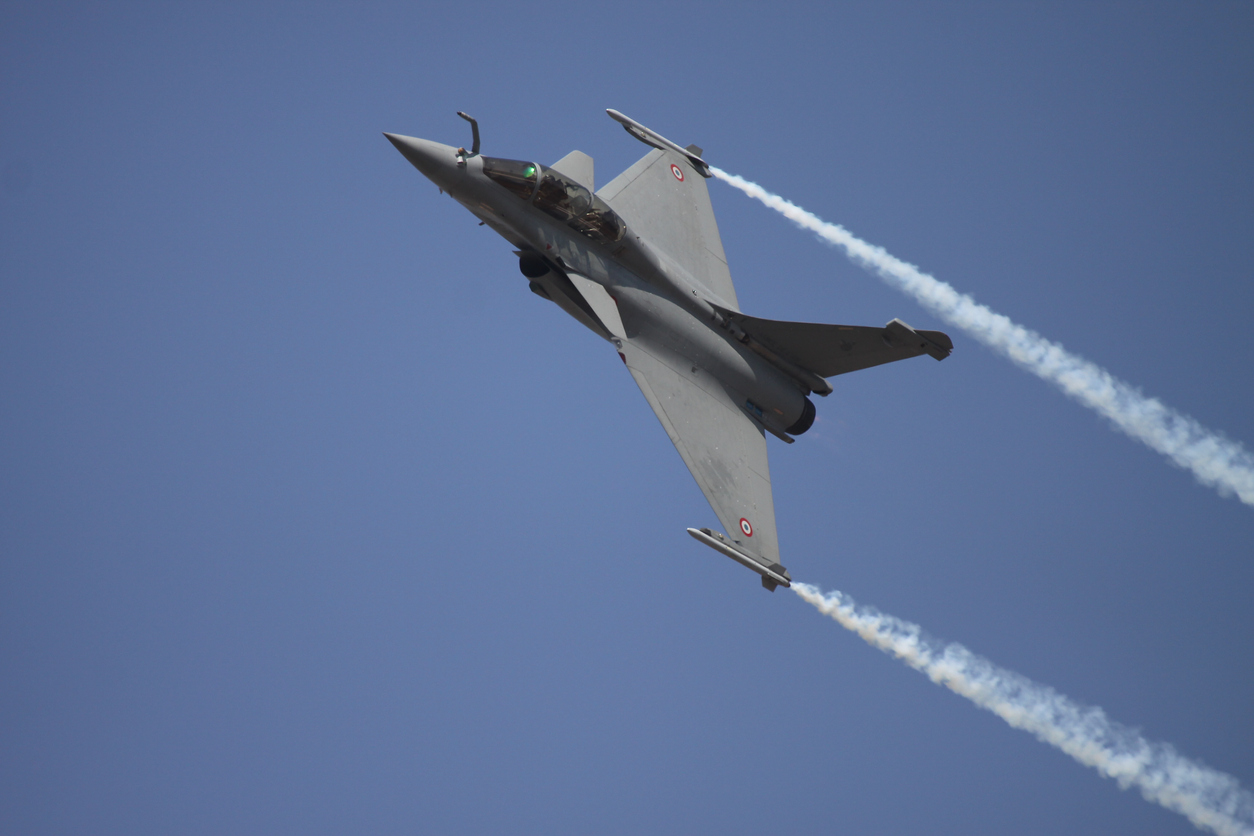
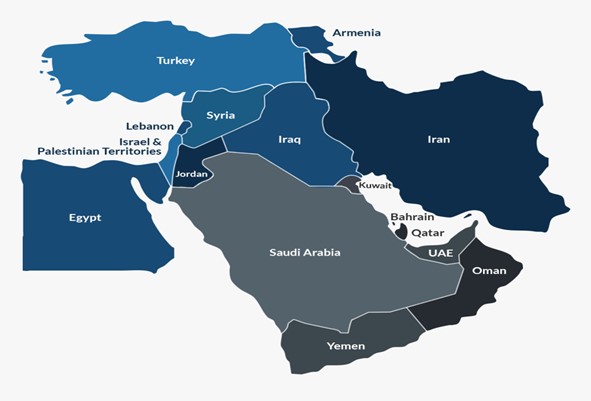

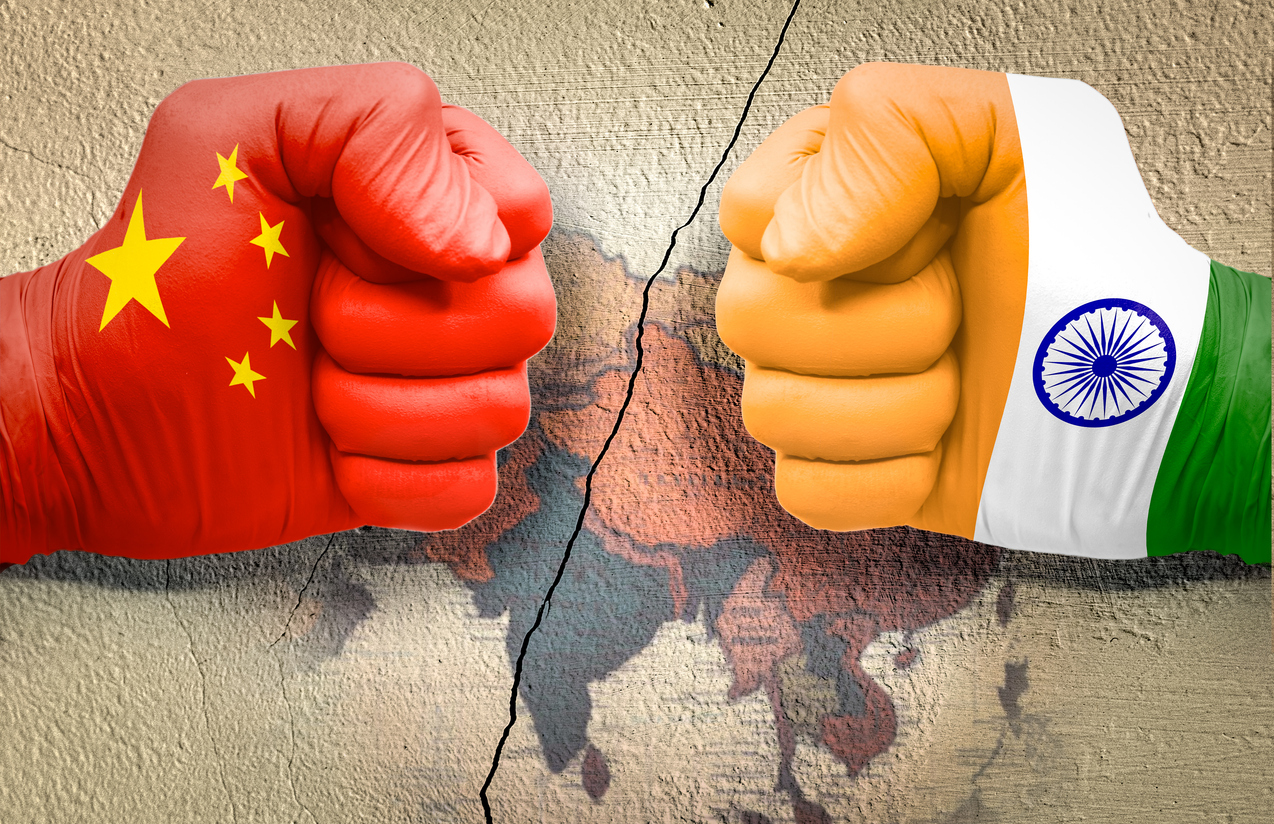
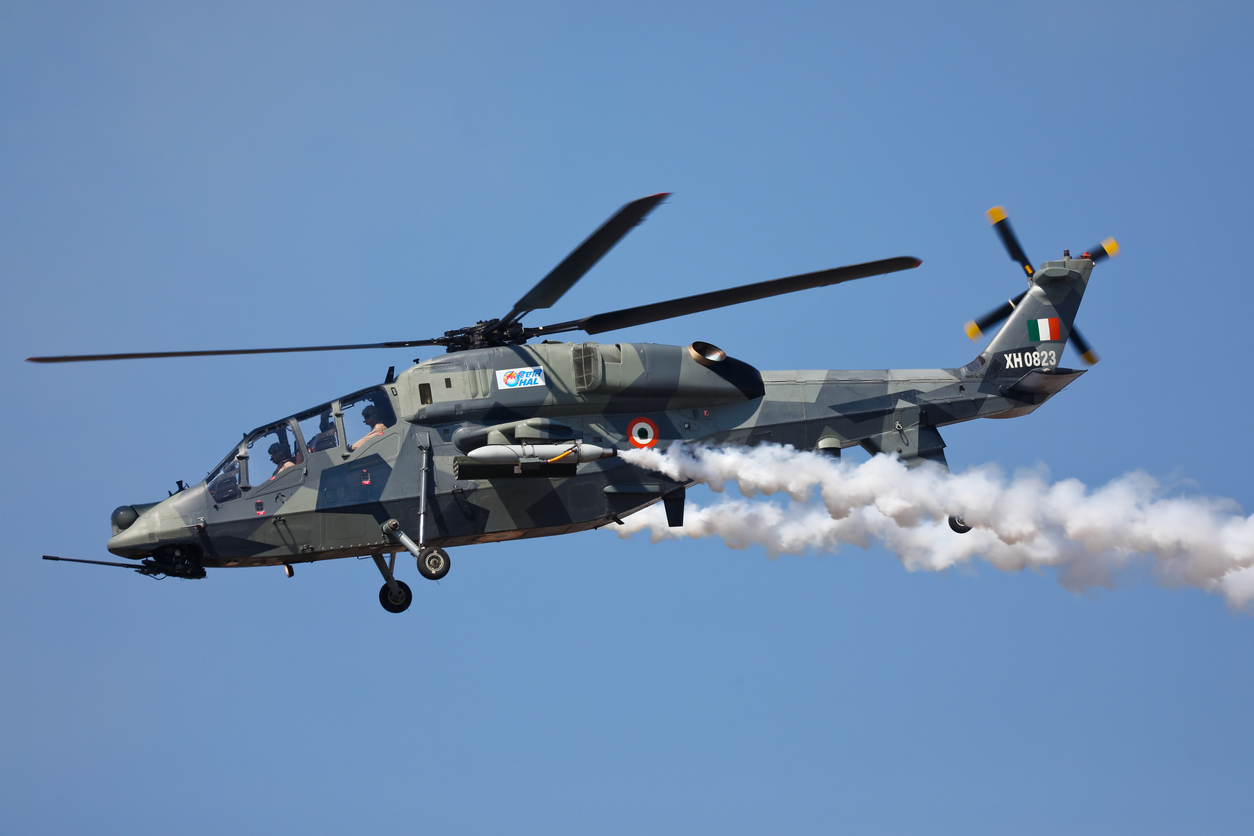
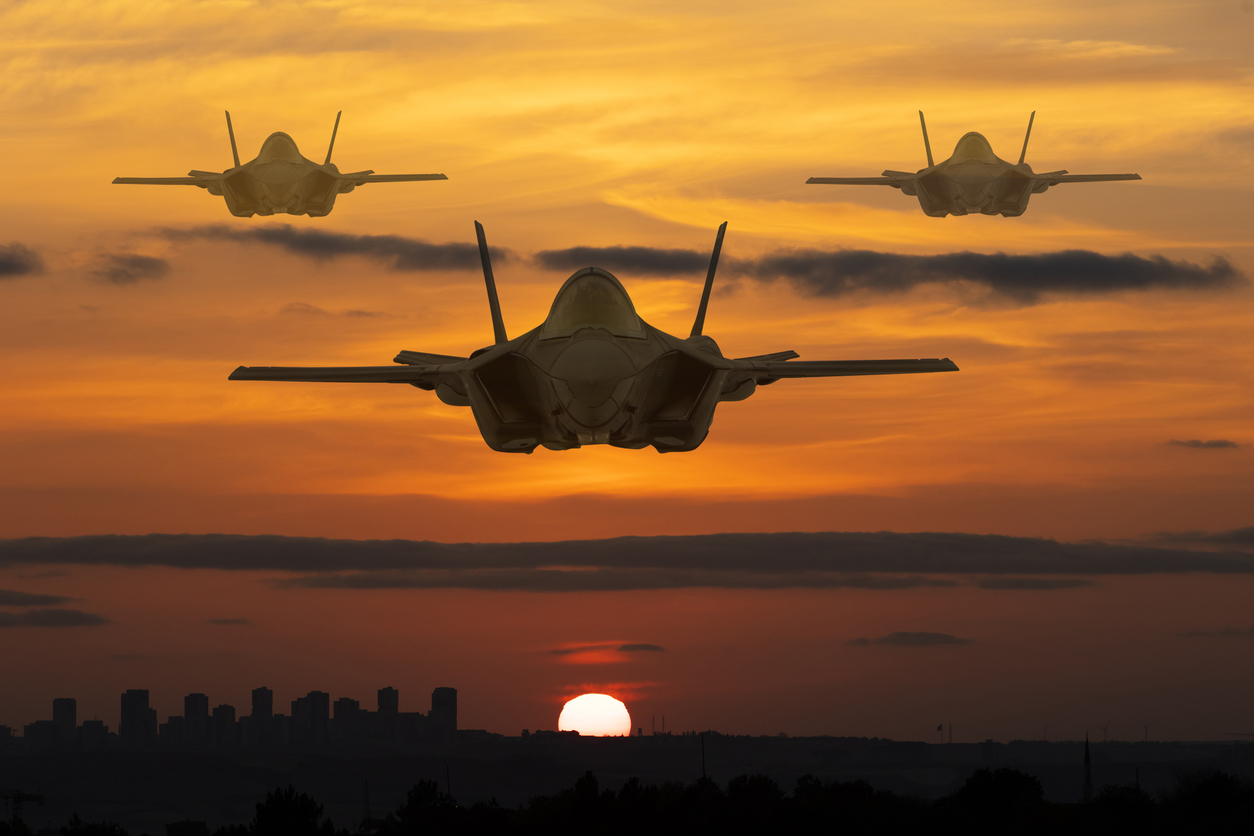






POST COMMENTS (5)
Col R N Singh
Kalidan Singh
V JAGADESAN
Raj Jagga
Jack